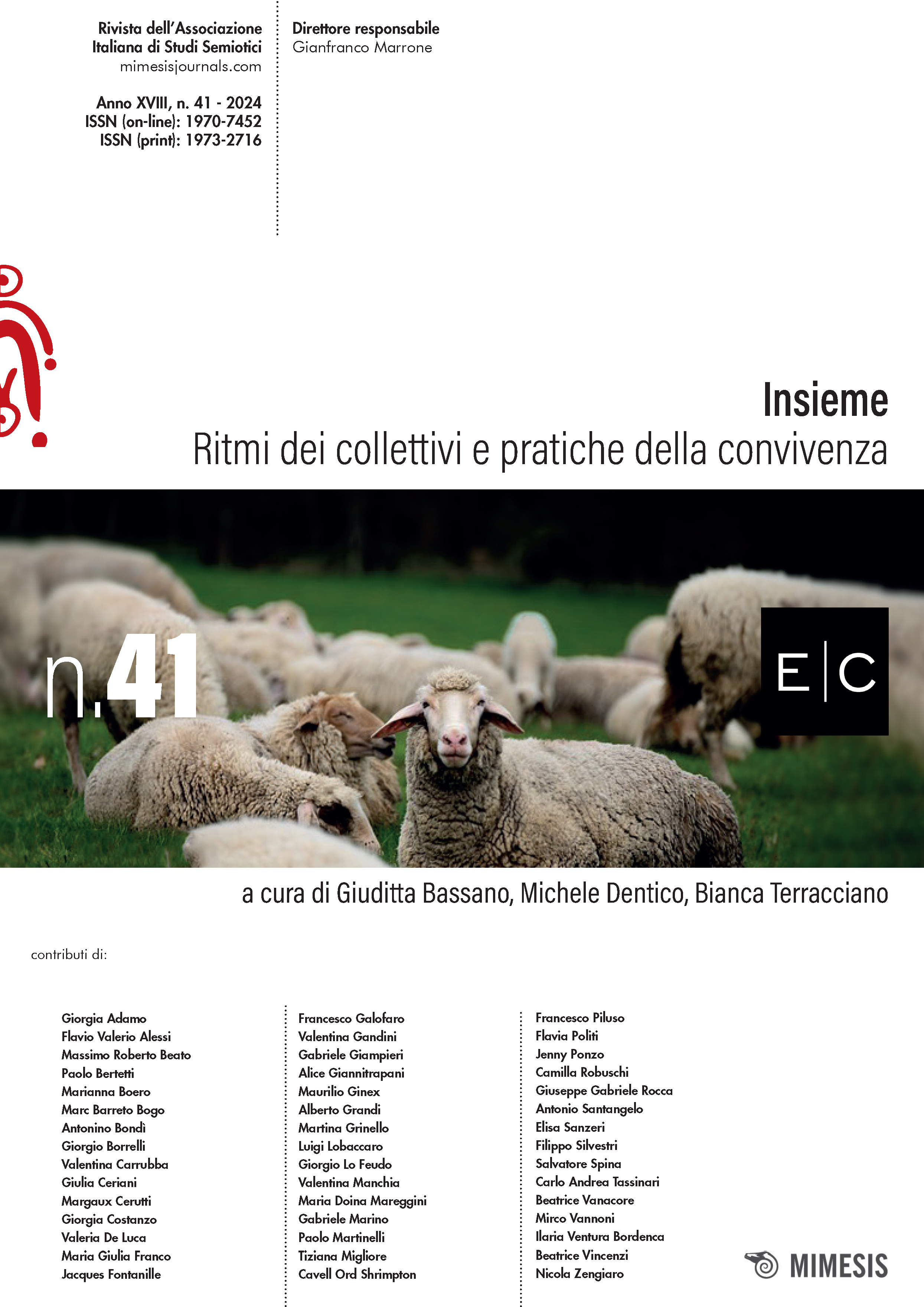The Art of Exhibiting. Artistic Ensembles and the Generativity of Meaning
Abstract
Since at least the 16th century, every art collection is not only the outcome of processes of undifferentiated accumulation of objects but presupposes operations of selection and montage of images belonging to different times and genres. As a discourse, every artistic ensemble – every ansambl’ – is in fact the result of a massing of heterogeneous elements according to the conditions of taste of a given era. An example of this is the cabinet d’amateur where the intertextual relationships between artworks reveal the conditions of existence and meaning of these cultural collections, immersing viewers in their experience. This contribution focuses on the Condé Museum in Chantilly, the second largest collection of old paintings in France after the Louvre. Starting from the short-circuit between the private space of the collection of works of Henri d’Orléans, Duke of Aumale, and the public dimension of the museum, the aim is to show the shift between the modalities of displaying the artworks as a discourse through images and, on the other hand, the modalities of enunciation of the museum discourse as a discourse on the collection.



